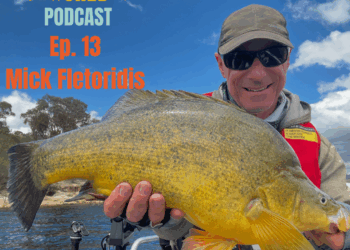
AFTER years of investigating rumours of extra-large yabbies, researchers have identified a new species of freshwater crayfish: the “swamp yabby”.
In a years-long hunt across Victoria and NSW for the elusive new species, aquatic research scientist Dr Tarmo Raadik and crayfish researcher Rob McCormack – with the guidance of traditional owners – dug down more than 1.5 metres through dry clay pans of the Millewa Forest on the Murray to find the big-clawed, chunky yabbies living in burrows.
The most noticeable difference to the common yabby: chunky claws.
“The claws are much wider and the moveable ‘finger’ is quite sickle-shaped,” Dr Raadik said.
Unlike the common yabby, the swamp yabby is not found in streams or billabongs, but spends most of its time in extensive burrows near roadside drains, depressions, swamps and cleared areas of pasture. It is occasionally found in streams, but only during flooding when burrow systems are inundated.

“What lurks beneath? Not many people even knew this animal was living deep in the ground, underneath them all this time,” says Dr Raadik, who works at the Arthur Rylah Institute for Environmental Research.
The swamp yabby is found in Victoria’s Goulburn, Broken and Ovens river catchments, and as far north as Deniliquin in NSW. It is not believed to be endangered.
The head of the Victorian Department of Environment, Land, Water and Planning’s biodiversity division, James Todd, said the discovery demonstrated the skill of scientists at the department.
“It highlights how much work can go into locating and then formally describing a new species – especially one that’s found deep underground.”



















